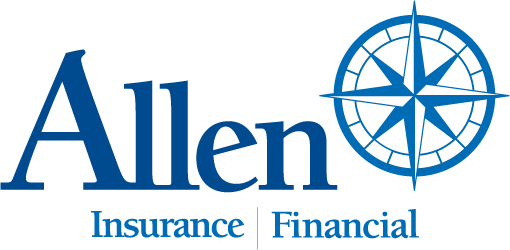

By Chris Richmond
For March 2023 WorkBoat Magazine.
Keeping your working vessel and business covered for liability claims does not stop at the water’s edge. While you may be focused on the liability you have while working on the water, don’t forget about the liability that you may be exposed to on dry land.
Chances are the crew on your working commercial vessel are covered under Protection and Indemnity for an injury or illness occurring while they are in service to the ship. This coverage extends to crew while they are away from the boat but on ship business. But what if a crewmember gets into an accident while driving to the marine supply store and, worse, another person is injured?
In a motor vehicle accident, the vehicle’s coverage is primary. This means that if you send your employee to the store in their own vehicle to pick up some supplies for your boat and they get into an accident, their personal automobile coverage will be the primary insurance should someone get injured. Required automobile liability limits vary from state to state and if the accident is severe your employee’s personal auto policy may not carry sufficient limits to pay for the damages. In case like this, you can expect your business will be dragged into this.
This is where non-owned auto coverage comes in. This is a coverage which extends third party liability limits for accidents involving your employees when your business is sued. There are number of ways to have this rolled into your overall insurance package. A non-owned auto policy can be covered by any excess liability policy that you may have or coverage can be attached to your business’ commercial auto policy. Alternatively, non-owned auto coverage often can be included in your general liability policy. Last resort would be a stand-alone policy. The premium for non-owned auto is based on the number of employees and generally is reasonably priced.






